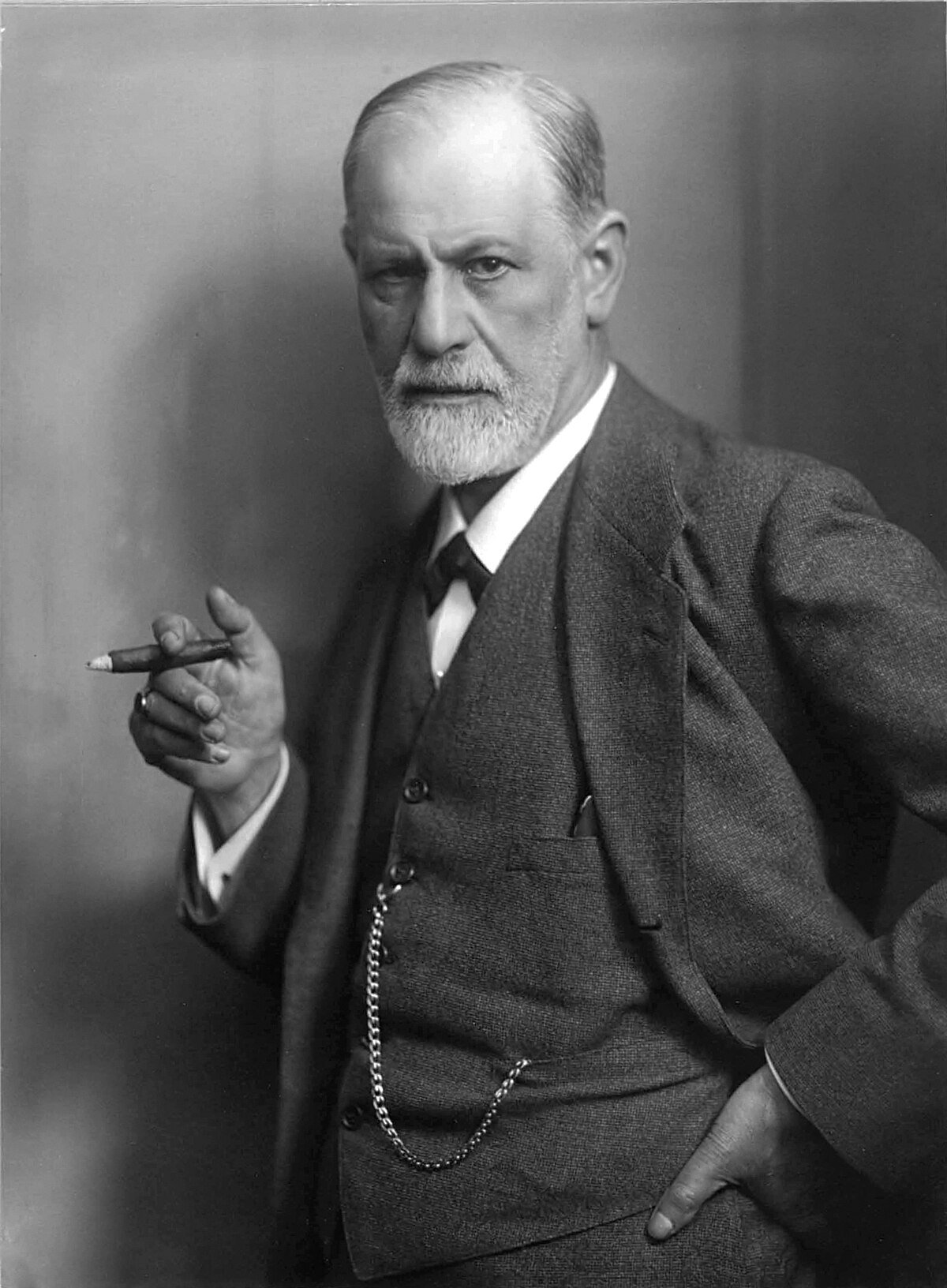CTB 28: The Art of Racing Ironman
/Last weekend I attended Ironman Zurich to support my athletes and friends competing there. Ironman is tough per se, but Ironman Zurich is probably among the top 5 toughest races on Ironman circuit due to its bike course. It has 2 hilly loops which feature several long climbs, technical descents and longer flat stretches along Zurich lake which quietly seduce into pushing too hard and burning even more matches than on climbs. This course makes it difficult to find the right pace and to distribute energy evenly and strategically, so that many athletes get off the bike already totally exhausted. I spent ca. 30min at the entrance of T2, somewhere 7.5 to 8hrs into the race, and my estimate was that ca. 80% of all athletes arriving there were completely beaten up by the bike course, and only very few looked like they still had good legs for the run.
And then I watched the marathon. And again, the 80-20 principle could be observed: roughly 20% of the athletes were running, while 80% were struggling and suffering. Later into the afternoon, the “struggle & suffer” percentage was steadily increasing. The running form was falling apart, the control of the race was gone and it was all misery personified hundreds of times. I was suffering with athletes: it really hurts to see them like this, being low on energy and sometimes even in pain. So I did my best to cheer them up, using all my humour, compassion and languages – but I kept asking myself: Where is the joy in the effort? Where is the fun and appreciation of doing something that incredible? How can we race better? And what do we learn from racing Ironman for life?
So here come my ideas from my 15 years of Ironman racing and coaching. I reflect on them constantly, trying to get to the “golden nuggets” of Ironman racing, to conceptualise and strategise what turns out to be an art of racing Ironman.
1. Racing Ironman is an art.
Becoming an artist takes practice, so does racing Ironman. There are so many factors to consider, so many things that can go wrong and so much of it is based on feelings and emotions, that managing an Ironman skilfully becomes a true masterpiece. Having a great day racing Ironman does not come easy and it does not come often – since everything has to be and to work perfectly for it: your form and recovery, equipment, weather, mood, etc. And yet still, you can find joy in every race, even in a not so perfect one or a downright bad day out there. You can use the power of your mind and your creativity to reframe what is happening to you, to gain perspective and to get out of your head. So you become an artist of your own race. Mental power helps to quiet your mind and tune down negative thoughts and emotions – or better even to switch them off. Creativity helps resolve problems that arise, like a forgotten piece of equipment or missing foods at the aid station. Discipline, a trait shared of all great artists, helps to execute your race plan flawlessly, because the best creative solution for a dropped bottle is to stop and to pick it up :-) Practice, creativity, discipline – the art of racing Ironman.
2. Racing Ironman is pacing Ironman.
Maybe the most difficult skill in Ironman is Pacing. It actually means going slow for almost the total duration of the race. Ironman is an ultra-endurance event, and it is aerobic by definition. You need to go slightly sub your best aerobic pace for 80% of the race, or even 90%, to hit the best aerobic pace towards its end. Ironman really starts at km 25 of the run.
Arriving at this point, you should still: i) Have enough energy (i.e. cardiac capacity) to keep the pace and eventually even increase it, in case you are fighting for podium or Kona slot (or your just want to show off with a negative split), ii) Keep your running form together, iii) Have enough fuel (i.e. glucose) and power reserves in your muscles to produce effective propulsion.
In Ironman the winner is always the one who slows down the least.
So you have to go slow and fully controlled almost all the time – and especially the first half of the bike. You need to go so slow that you are almost feeling bad about doing it in a race. If you have this feeling in the first half of the bike – you are on track to rock the course! If your heart rate is 40-50 beats below your maximum, or in Zone 2, which is around 120-135 bpm for most people – then you are riding towards a happy run!
The swim is a bit different though. Most athletes totally underestimate the energy they spent in the water and come to the race significantly under-prepared. Even having an “easy swim” which lasts 80 or 90min is very taxing to the body and if you are not enough swim-trained, you will be recovering from it for the rest of the race. You might actually pay for the swim on the run – you have overspent you cardiac capacity swimming and now you lack it for the run. So swimming is the true foundation of Ironman. You need to get out of water fresh, with low HR, so that you get on your bike in a relaxed state and continue the race, keeping your HR low – till km 25 of the run!
3. Your nutrition strategy is your race strategy.
You are what you think. You race how you eat. Figuring out right nutrition, its quantity and timing is absolutely crucial. This takes practice and needs to be intentional. Your nutrition training should start the same day you start your season training. The aim is to develop both lipid and glucose energy production mechanisms: you need to become both fat-adapted and glucose-consuming machine, which can run both systems simultaneously during the race. Your fat adaptation training teaches your body to use your lipid (fat) stores of energy and takes the form of fasted sessions, 1 or 2 times per week, when you perform training on low or zero carbohydrates nutrition. On the other hand, during long and intensive sessions, you should consume carbs and figure out what kind of products work best for you (maltodextrine or fructose, gels or chocolate, bread or pretzels, etc).
The well-known rule for endurance nutrition is 60 to 90 grams of carbs per hour, ideally taken in every 20 minutes, in liquid or solid form, together with hydration. So rehearsing this should be a part of training. And then comes the most difficult part – executing this strategy in the race. With so much adrenaline, excitement and distractions during a big event like an Ironman, it is too easy to get carried away and forget your “feeding” schedule. Big mistake! You will pay for it dearly. If it is just an energy low as a consequence – you can correct it by starting eating and drinking again (but you will lose quite some time in the process of recovering from this low). However, if your stomach is not cooperating, this is a much worse scenario. Still, the best sports drink ever - Coca-Cola - plus some salty pretzels, will normally rescue you. Try this in training too.
4. Pain is inevitable.
Unless you have the race of your life and the best day ever, it is practically guaranteed that at some point of the race you will feel quite horrible. In Ironman, it is a part of the game. So embrace it! And remember, that it will pass too. Mostly it is a short-term pain, low energy due to insufficient nutrition or over-pacing – or stiff back from cycling when you arrive in T2 or cramps on the run. None of it will kill you. And all of it will pass if you take some measures: slowing down, taking your nutrition in and waiting for glucose to arrive in your working muscles, using your mental power to quiet down your mind and negative thoughts, stretching, breathing – and smiling at your fellow competitors, volunteers and spectators. Yes, some pain in Ironman is inevitable – BUT
5. Suffering is optional.
Nobody can escape low moments in such a long race and some pain in inevitable. In such moments our limbic brain will shout for survival and quitting. It always does. But our mental power, intentional strategies of preparation and measures above will help us to overrule it. Humor helps too. Why don’t we laugh about ourselves, about us actually paying for this torture? Walking along the marathon course in Zurich, I was shouting to Athletes “You paid for it, so enjoy it now” – and everyone was smiling back.
So get out of your head and take some perspective on the situation. It is just now, just short-term discomfort. “Pain is temporary, glory is forever”. As a friend of my once said: “Why should I ever quit? I have nothing else to do today – just to finish this race”. Really, what else do you have to do other than to finish? And to enjoy this incredible effort? And to learn some humility along the way? Nothing reveals a character more than extreme situations, so racing Ironman is a character test too. How you will act in difficult parts of it says a lot about who you are. Your ability to reframe, to find joy, humility and gratitude during the race will have the most direct impact on its outcome and quality.
So truly, while some pain is inevitable, suffering is optional. Just like in life.





